
About full spectrum lighting
Search
Full Spectrum lighting attempts to emulate the beneficial wavelengths found in sunlight, which are necessary for peak health.
Technically speaking, Full Spectrum light covers the electromagnetic spectrum from infrared through near-ultraviolet, or all wavelengths that are useful to plant or animal life; in particular, sunlight is considered full spectrum, even though the solar spectral distribution reaching Earth varies with time of day, latitude, and atmospheric conditions.
Productivity
Businesses that have switched from fluorescent lighting to full spectrum lighting report improved employee morale, increased productivity, reduction of errors and a reduced rate of absenteeism. Full Spectrum lighting is the choice of smart employers looking to maximize workplace efficiency.
Over 50
People over 50 require twice the amount of sunlight as younger people to achieve similar benefits.
The Power of Sunlight
The body produces Vitamin D from sunlight (specifically from the UVB band of ultraviolet light), and lack of sunlight can lead to a deficiency. Metropolitan areas have higher levels of air pollution, which block healthy sunlight. It is recommended that we each soak in one hour of unfiltered sunlight each day in order to enjoy its many benefits, which include:
- Improved Immunity and Prevention of Disease
- Lower Blood Pressure (The further the distance from the equator, the higher the blood pressure levels)
- Increased Metabolism & Energy Levels
- Mood Enhancement
- Improved Sleep
- Lower Eye Strain & Fatigue
- Improved Learning Ability
- Plants also benefit from full spectrum lighting
Sunlight and Our Moods
Nothing regulates the body clock better than sunlight. Full Spectrum lighting replicates beneficial qualities of sunlight. Serotonin, the hormone associated with mood elevation, rises with exposure to bright light, and falls with decreased sun exposure.
Seasonal Affective Disorder (SAD), a serious form of the "winter blues", is caused by a lack of sunlight. SAD occurrences are more common in locations further from the tropics, and most drug-free treatments involve replicating sunlight by way of special full-spectrum bulbs, which are tuned to the proper wavelengths of light.
History
Full spectrum light inventor Dr. John Ott discovered that only a full spectrum of natural light (including natural amounts of infra-red and ultra-violet) worked to adequately promote optimum health in plants, animals and humans.
Explore Topics

Table of Contents
About full spectrum lightingProductivity Over 50 The Power of Sunlight Sunlight and Our MoodsHistoryCommentsShopping Ideas
Trending

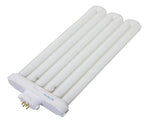

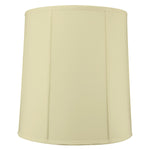


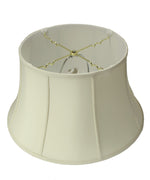



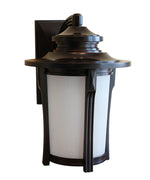





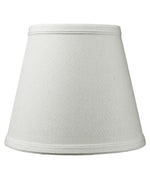
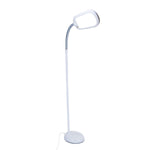

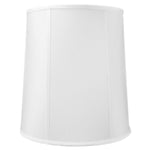



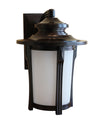


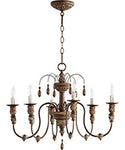
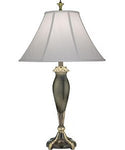

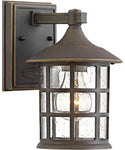

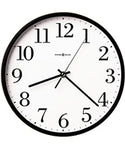

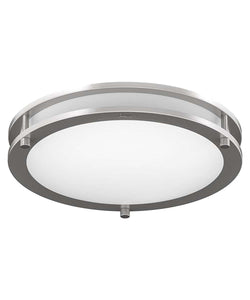
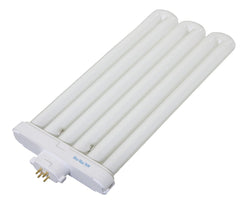
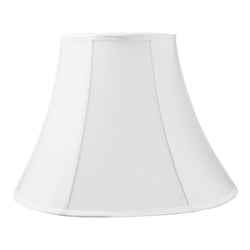
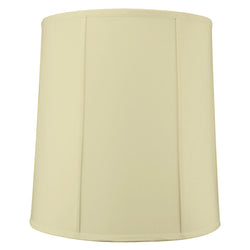
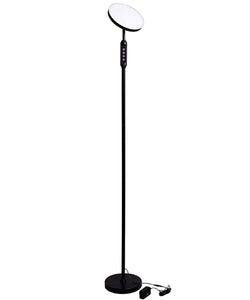
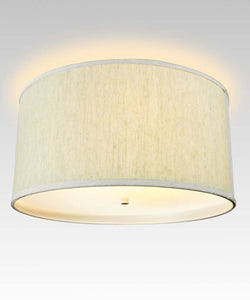
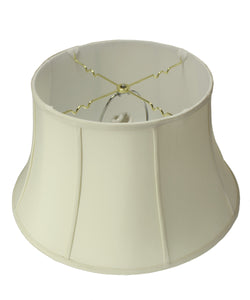


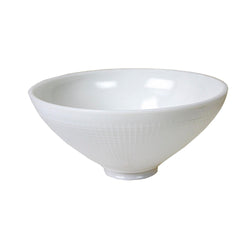
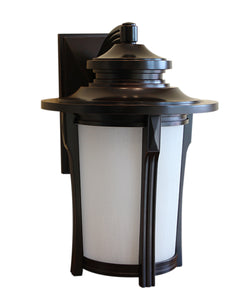
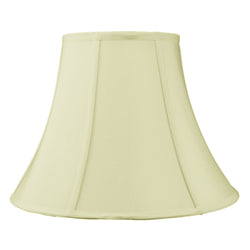
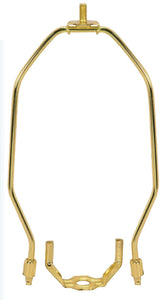



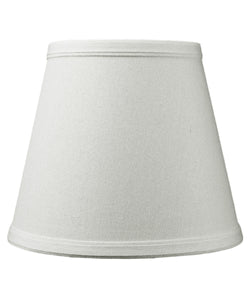
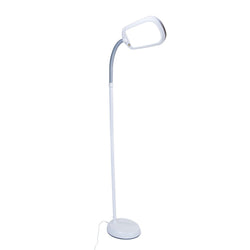
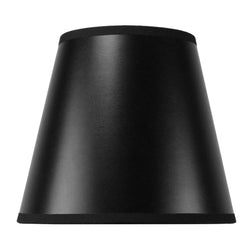

Comments